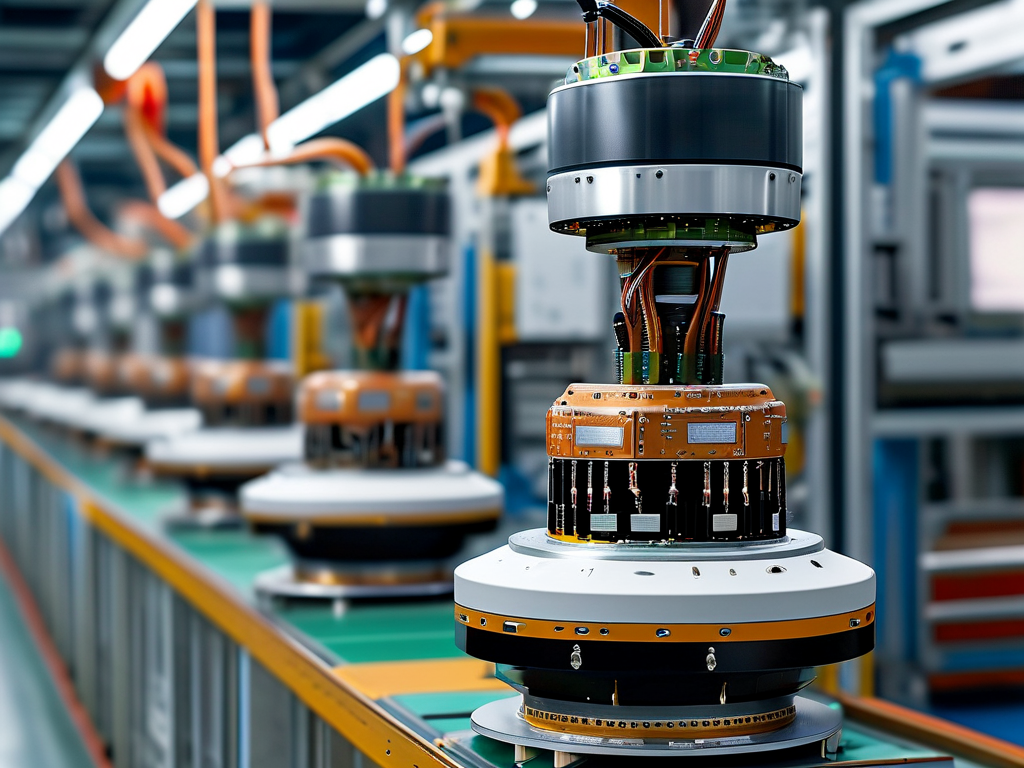The integration of electromagnetic technology into robotics has opened unprecedented possibilities across industries. Unlike traditional mechanical systems, electromagnetic solutions offer precision, adaptability, and energy efficiency – qualities that align perfectly with the evolving demands of modern automation. This article explores groundbreaking applications reshaping how robots operate and interact with their environments.
Precision in Medical Robotics
Surgical robots like the EM-Guided Scalpel System now leverage electromagnetic field mapping to navigate complex anatomical structures. By embedding micro-coils in surgical tools, surgeons achieve sub-millimeter accuracy during minimally invasive procedures. A 2023 study published in Advanced Robotic Medicine demonstrated a 40% reduction in recovery time for patients undergoing electromagnetic-guided tumor removals compared to conventional methods.

Industrial Automation Breakthroughs
Factories are adopting electromagnetic grippers that eliminate physical contact with fragile components. These grippers use controlled magnetic fields to manipulate objects ranging from semiconductor wafers to glass panels. Tesla's Shanghai Gigafactory recently reported a 17% increase in production yield after implementing electromagnetic assembly lines for battery module handling.
Self-Healing Electromagnetic Joints
Researchers at MIT have developed joints that regenerate conductivity through electromagnetic induction. When sensors detect wear in robotic limbs, pulsed magnetic fields realign molecular structures in conductive materials. This innovation could extend industrial robot lifespans by 8-10 years while reducing maintenance costs by 60%, according to preliminary field tests.
Challenges and Solutions
While electromagnetic systems excel in controlled environments, real-world implementation faces hurdles. Magnetic interference remains a critical concern – a problem addressed by Honda's new Frequency-Hopping Coil Array. This technology dynamically adjusts electromagnetic frequencies to avoid conflicts with nearby devices, enabling safe deployment in crowded urban spaces.
Energy consumption presents another challenge. The University of Tokyo's latest prototype uses ambient electromagnetic waves (from WiFi and cellular networks) to power surveillance robots. Early trials show these robots can operate indefinitely in areas with standard network coverage, revolutionizing infrastructure inspection.
Environmental Applications
Underwater robots equipped with electromagnetic sensors now map ocean floor mineral deposits with 90% greater accuracy than sonar-based systems. Marine biologists also employ this technology to track metallic-tagged marine life, collecting migration data without physical tagging.
The Future Landscape
Emerging "soft robotics" concepts integrate flexible electromagnetic actuators. Harvard's OctoGrip project features tentacle-like arms with programmable magnetic domains, enabling delicate object manipulation previously impossible for rigid machines. Meanwhile, DARPA-funded research explores electromagnetic pulse propulsion for aerial drones, potentially achieving silent flight with no moving parts.

Ethical considerations accompany these advancements. The International Robotics Ethics Board recently proposed guidelines for electromagnetic system usage, emphasizing frequency transparency and interference mitigation protocols. As governments draft regulatory frameworks, industry leaders stress the importance of standardized electromagnetic compatibility certifications.
From manufacturing floors to operating theaters, electromagnetic technology is redefining robotic capabilities. As material science and wireless power transmission advance, the synergy between electromagnetism and robotics will likely birth applications we've yet to imagine. What remains certain is that this fusion will continue pushing the boundaries of automation, creating smarter, safer, and more sustainable robotic solutions.









